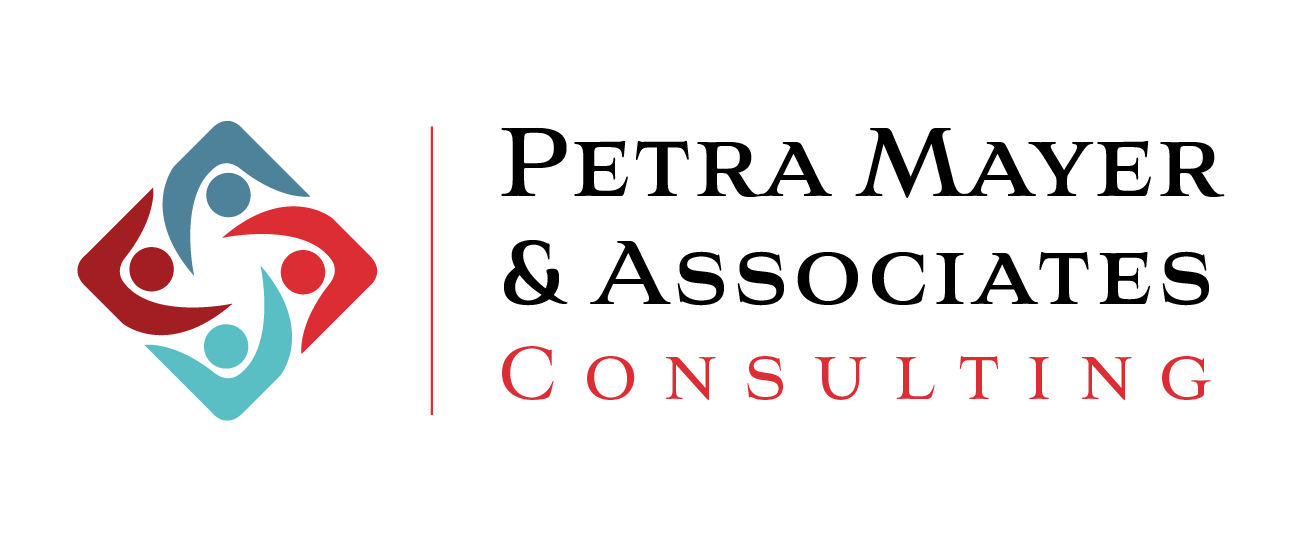President Biden has recently issued an Executive Order aimed at positioning America as a global leader in both harnessing the promise and managing the risks of artificial intelligence (AI). Let’s look at the key points of this order, and consider its implications for the future of AI.
Ensuring AI Safety and Security
AI’s capabilities are expanding, and with it comes the responsibility to safeguard safety and security. The Executive Order mandates that developers of powerful AI systems share safety test results with the U.S. government, ensuring rigorous testing before public release. This includes addressing threats to critical infrastructure and developing strong standards for screening potentially dangerous biological materials.
Balancing innovation and security in the realm of AI is a complex challenge, and the first step, as outlined by the Executive Order, is establishing a clear ethical framework and standards. To strike a balance between innovation and security, organizations must foster transparency, and accountability, and conduct regular evaluations of AI systems for potential security vulnerabilities. Promoting awareness and understanding of AI security issues is also vital for cultivating a culture of responsibility.
Protecting Privacy in the Age of AI
AI’s potential to extract and exploit personal data poses risks to Americans’ privacy. The President calls on Congress to pass bipartisan data privacy legislation. Additionally, federal support will be prioritized for the development of privacy-preserving techniques, incorporating cutting-edge AI to train systems while preserving data privacy.
Striking a delicate balance between technological advancement and individual privacy is crucial for a sustainable and responsible AI future. As highlighted by Daniel Obman, an information and communications technology policy advisor, ethical behaviour in AI development is paramount to prevent potential harm.
Advancing Equity and Civil Rights
To prevent discrimination and bias in AI applications, the Executive Order provides clear guidance to various sectors, including landlords, federal benefits programs, and federal contractors. It also addresses algorithmic discrimination in the criminal justice system, aiming to ensure fairness in areas such as sentencing, risk assessments, and predictive policing.
While AI holds the potential to bring about positive transformations in various industries, including Learning and Development, it is imperative to maintain vigilance against unintended consequences. Proactive measures are crucial to preventing the perpetuation of biases and discrimination through AI systems. For example, Amazon recently stopped using a hiring algorithm due to its biases towards applicants who used phrases that included “women’s,” such as “women’s chess club captain” in their resumes. The algorithm had taught itself that male candidates were preferable. When utilizing such systems, it’s important to ensure that they adhere to unbiased standards, and continuous monitoring is necessary to address any potential biases that may emerge.
Protecting Consumers, Patients, and Students
While AI offers benefits, it also poses risks to consumers. The President directs actions to ensure responsible AI use in healthcare and education. This includes creating resources for educators deploying AI-enabled tools and establishing a safety program for reporting harms related to AI in healthcare.
Striking a balance between innovation and consumer protection is a delicate dance. Although AI has the potential to play a significant role in improving healthcare, education and other areas, it’s essential to remain vigilant as it becomes more integrated into various aspects of our lives. Ongoing research and regulatory practices must be maintained to minimize risks and maximize the benefits, ensuring the responsible and beneficial deployment of AI without causing harm to individuals.
Supporting Workers in the Age of Automation
As AI transforms workplaces, the Executive Order emphasizes the importance of supporting workers. It calls for the development of principles and best practices to mitigate harms and maximize benefits for workers. Additionally, a report will be produced on AI’s potential labour-market impacts.
To harness the benefits of AI for workers, it’s crucial to prioritize continuous skills development through accessible training programs. Cultivating a culture of innovation within industries can help create new job opportunities that align with advancements in AI. Additionally, exploring flexible work arrangements and remote options is essential to adapt to the evolving nature of work driven by AI.
Promoting Innovation and Competition
To maintain its leadership in AI innovation, the U.S. plans to catalyze AI research, promote a fair and competitive AI ecosystem, and facilitate the immigration of skilled individuals with expertise in critical areas.
Balancing competition and responsible AI development involves setting clear ethical guidelines and standards. Ultimately, fostering a competitive AI landscape should align with shared values of ethics, transparency, and accountability.
Advancing American Leadership Abroad
Recognizing the global nature of AI challenges and opportunities, the Executive Order emphasizes collaboration with other nations. It calls for expanded engagements to establish international frameworks for AI and accelerate the development of vital AI standards.
Since 2017, when Canada led the way by becoming the first country to adopt a national AI strategy, over 60 countries have jumped on board with some form of policy for artificial intelligence. The promise of a potential 16 percent boost in global output by 2030 has sparked a race to encourage the adoption of AI in various sectors, including industry, consumer markets, and government services. Amidst this global surge in AI activity, collaborative efforts among nations demonstrate a shared responsibility in steering the technology’s impact.
Ensuring Responsible Government Use of AI
The Executive Order outlines steps to ensure responsible government deployment of AI, including issuing guidance for agencies, improving AI procurement, and accelerating the hiring of AI professionals.
It’s important to create strong regulatory frameworks that deal with possible biases and discrimination. Encouraging collaboration between government agencies, industry experts, and advocacy groups will ensure a variety of perspectives in policy-making.
Final Thoughts
In summary, President Biden’s Executive Order on AI sets a comprehensive framework for the responsible development and deployment of AI in the United States. By addressing critical areas such as safety, security, privacy, equity, and global collaboration, the order lays the groundwork for a future where AI contributes positively to society while mitigating potential risks. The ongoing collaboration with Congress and international partners underscores the commitment to navigating the complex landscape of AI responsibly.
What are your thoughts on the future of AI governance, and how can we collectively shape it for the better?
Ready to Get Started?
Get in touch with us today to explore how our tailored approach can meet your specific educational needs. Together, let’s embark on a journey towards a more efficient, effective, and personalized learning experience. Contact us now!
This article has been written with the assistance of the artificial intelligence (AI) software ChatGPT.

